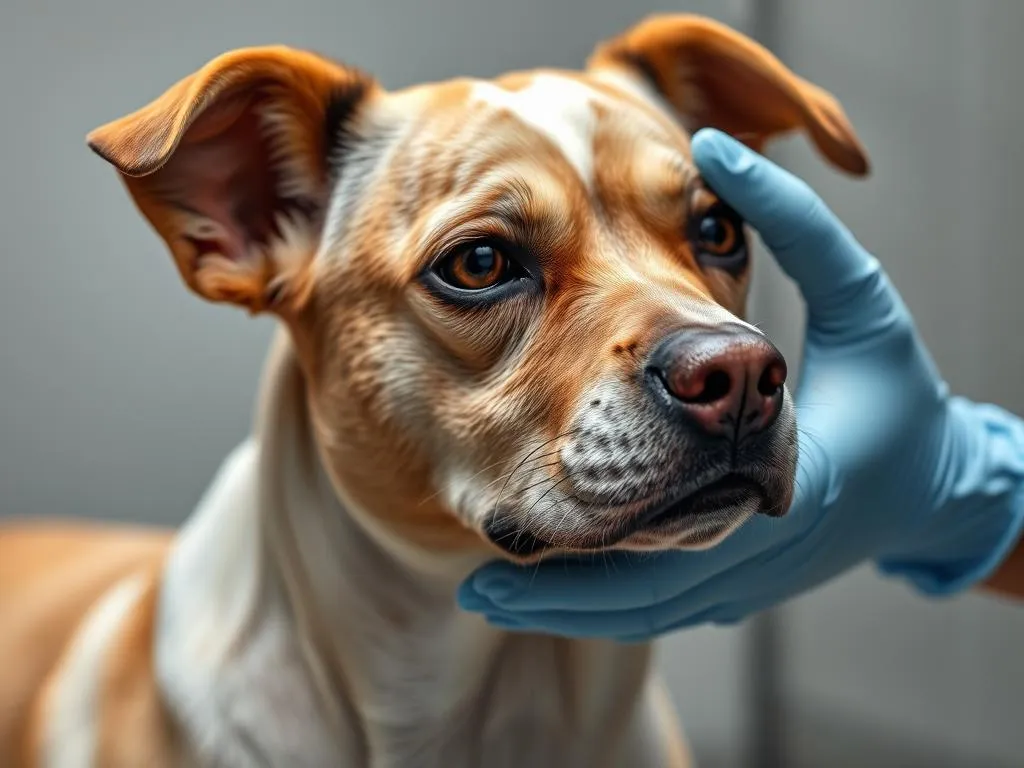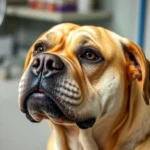
Introduction
Elbow hygroma is a common condition that affects many dogs, particularly those that spend a lot of time lying down on hard surfaces. This condition manifests as a fluid-filled sac that forms over the elbow joint, often as a result of chronic pressure or friction. While it may not always be painful, it can lead to discomfort and other complications if left untreated. Understanding elbow hygroma, its causes, symptoms, treatment options, and preventative measures is crucial for dog owners to ensure their furry companions remain healthy and comfortable.
Understanding Elbow Hygroma
What is Elbow Hygroma?
Elbow hygroma is a localized swelling that occurs over the olecranon, the bony prominence of a dog’s elbow. It is typically filled with serous fluid and can vary in size. Unlike other types of hygromas, which may occur in different areas of the body, elbow hygromas specifically affect the elbow joint due to constant pressure or friction from lying down on hard surfaces.
Causes of Elbow Hygroma
The primary cause of elbow hygroma is sustained pressure on the elbow joint, which can occur in dogs that frequently lie on hard floors or surfaces. This pressure leads to inflammation and the accumulation of fluid in the bursa, a small sac that cushions the joint. Secondary causes may include underlying health issues such as obesity, which increases pressure on joints, or conditions that affect mobility, leading to prolonged periods of rest in one position.
Who is at Risk?
Certain breeds are more predisposed to developing elbow hygromas, including large and giant breeds such as Labrador Retrievers, Great Danes, and Saint Bernards. Additionally, older dogs or those with higher body weight are at greater risk due to the increased pressure placed on their joints. It’s essential to monitor the conditions under which your dog rests and to provide suitable bedding to alleviate pressure on their elbows.
Symptoms and Diagnosis
Recognizing Symptoms
Dogs with elbow hygromas typically exhibit visible swelling over the elbow joint. This area may feel warm to the touch, and the skin can appear red or inflamed. Common signs to look for include discomfort when the dog is lying down or when pressure is applied to the affected area. Behavioral changes, such as reluctance to move or favoring a particular leg, can also indicate the presence of elbow hygroma.
When to See a Vet
If you notice any signs of swelling or discomfort in your dog’s elbow, it is crucial to consult a veterinarian. Key indicators that require veterinary attention include persistent swelling, signs of pain when the elbow is touched, or changes in your dog’s usual behavior. Early diagnosis and intervention can prevent the condition from worsening and lead to a more effective treatment plan.
Diagnostic Procedures
A veterinarian will typically start with a thorough physical examination to assess the affected elbow. This may include palpation of the area to evaluate the size and consistency of the swelling. Imaging tests, such as X-rays or ultrasound, may be necessary to determine the extent of the hygroma and rule out other potential issues, including fractures or tumors. Differential diagnoses may include other types of swellings or joint problems, making accurate diagnosis essential for effective treatment.
Treatment Options
Non-Surgical Treatments
For many dogs, non-surgical treatments can effectively manage elbow hygromas. Conservative management strategies include lifestyle changes, such as providing a softer sleeping surface and encouraging weight management to reduce pressure on the elbows. Medications, including non-steroidal anti-inflammatory drugs (NSAIDs), can help relieve pain and reduce inflammation. Furthermore, supportive devices like elbow pads can provide cushioning and protect the affected area from further irritation.
Surgical Treatments
In cases where non-surgical treatments are ineffective or the hygroma becomes severely inflamed or infected, surgical intervention may be necessary. Indications for surgery typically include persistent pain, significant swelling, or recurrent infections. Surgical options can range from draining the fluid to excising the hygroma entirely. Post-operative care is crucial and may involve rest, limiting activity, and follow-up veterinary visits to monitor recovery.
Home Remedies and Care
While veterinary care is paramount, some home remedies can support recovery. Natural remedies, like applying warm compresses to the affected area, may help reduce swelling and discomfort. Additionally, ensuring a clean and comfortable resting environment can aid in the healing process. Always consult your veterinarian before trying any home remedies to ensure they are safe and appropriate for your dog’s specific condition.
Prevention Strategies
Lifestyle Changes
Preventing elbow hygroma involves making several lifestyle changes for your dog. Providing a soft bed or padded area for your dog to rest can significantly lessen pressure on their elbows. If your dog tends to lie on hard surfaces, consider using orthopedic beds or cushions designed to relieve joint pressure.
Regular Vet Check-ups
Routine veterinary check-ups are essential, especially for breeds predisposed to elbow hygromas. Regular assessments can help identify weight issues and other health concerns before they develop into more significant problems. Depending on your dog’s age and breed, your veterinarian will recommend an appropriate check-up schedule.
Importance of Early Intervention
Catching potential issues early is vital for your dog’s health. Early intervention can prevent complications, reduce treatment costs, and lead to better health outcomes. If you notice any changes in your dog’s behavior or physical condition, do not hesitate to seek veterinary advice.
Frequently Asked Questions (FAQs)
Can elbow hygromas be prevented?
Preventive measures include providing a soft resting area, maintaining a healthy weight, and ensuring regular veterinary check-ups to monitor for signs of pressure on the joints.
Are elbow hygromas painful for dogs?
While elbow hygromas may not always be painful, they can become uncomfortable, especially if they become inflamed or infected. Monitoring your dog’s behavior can help assess their level of discomfort.
How long does it take for elbow hygromas to heal?
Healing timelines vary depending on the treatment approach. Non-surgical treatments may take several weeks to months, while surgical recovery can take longer, typically requiring several weeks of restricted activity.
What to expect during a vet visit for elbow hygroma?
During a veterinary consultation, expect a thorough physical examination of your dog’s elbow. The vet will assess the swelling and may recommend imaging tests to determine the best course of action. Discussing treatment options and any questions you have about your dog’s condition will also be part of the visit.
Conclusion
Elbow hygroma is a manageable condition, but it requires attention and care from dog owners. Recognizing the signs, understanding the treatment options, and implementing preventive measures are crucial in ensuring your dog’s comfort and well-being. If you have any concerns about your dog’s health, consulting with a veterinarian is always the best course of action. Proactive pet care is essential in helping your furry friend live a happy and healthy life.









